Mindful May Week 1: Caffeine
It’s a NEW MONTH and it’s shaping up to be a crazy, hectic, and busy one… but not if I have my way ☺ . I have coined this month at Kitchen Shift – MINDFUL MAY.
I am feeling the need for us to all take pause, be in the moment, and drill into some more mindful habits. My hope is these pearls of wisdom will guide us out of a cortisol state, away from cravings, and SHIFT us to a more calm state!
Each week I will focus on a different area of Mindfulness. I am excited to kick off the first week with everything related to MINDFUL EATING. If you happen to follow me on Instagram, I have been posting daily a tip (or two) around mindful choices with food, beverage and eating in general.
Caffeine and alcohol are two topics I will dive into this week as they seem to be a common substance (one a stimulant, one a depressant) that keep us from our most mindful state.
Today I will share some thoughts on caffeine and specifically coffee (plus a tasty recipe using one of my favorite new coffee lines!)
Ahhh. Caffeine. A central nervous system stimulant, it is the most widely consumed psychoactive drug in the world. Caffeine keeps the world buzzing- literally. Although caffeine gets us “going” most mornings, overuse and overconsumption can lead to a range of health risks. Heartburn, jitters, anxiety, heart palpitations, insomnia, and gastrointestinal issues such as stomach ulcers have been linked to caffeine. This is quite the bummer for many who enjoy caffeinated beverages like coffee and the many rituals associated with drinking it.
A mindful “hack” is finding your way off the caffeine train. It can be painful at first (caffeine withdrawals can kind of suck!), but over time you are giving your nervous system a break and allowing your mind and body a better chance at a calm and centered state.
Fortunately, I recently discovered a decaffeinated coffee that is clean of caffeine but also clean of the solvents that most decaffeinated coffees are produced from. For many years, decaf has been stripped of flavor because it’s cheaper and easier to use some pretty nasty chemicals to do the job. The most prevalent way to remove the caffeine these days is to soak them in a solvent – usually methylene chloride or ethyl acetate.
For reference, Methylene chloride has been known to be used as a paint stripper and a degreaser, and… it is used to decaffeinate your coffee. Ethyl acetate, meanwhile, is a natural fruit ether usually made from acetic acid – the building block of vinegar – so it’s slightly better, but it’s also used to make nail polish remover.
Either way, the reason most people don’t love decaf is that it has a burnt, chemical flavor if it has any flavor at all and has no body or complexity from the beans.
Homebody Coffee Co. produces a decaffeinated coffee bean that uses the Swiss Water Process®. This process uses only water, temperature, and time to remove caffeine while conserving the coffee’s individual traits, flavors, and characteristics of where it was grown. This means you’re getting the best tasting cup of decaf, 100% free of chemicals or leftover processing flavors.
It is also a woman-owned company and is based here in Kentucky (WIN-WIN!)
For me, the poison is in the dose. I can have about one 8 ounce cup of regular coffee in the morning. Anything above and beyond that starts to mess with my nervous system. This is where I have found a place for Homebody coffee. I can brew a cup of decaf and my body and brain take the cues of the smell, taste, and warmth of the coffee (those senses get me centered and focused on a project) but without the jitters.
Xoxo,
Beth
*denotes an affiliate link. By clicking through and purchasing, you are paying the same price, but are supporting Kitchen Shift through a small commission.
Thank you so much.

